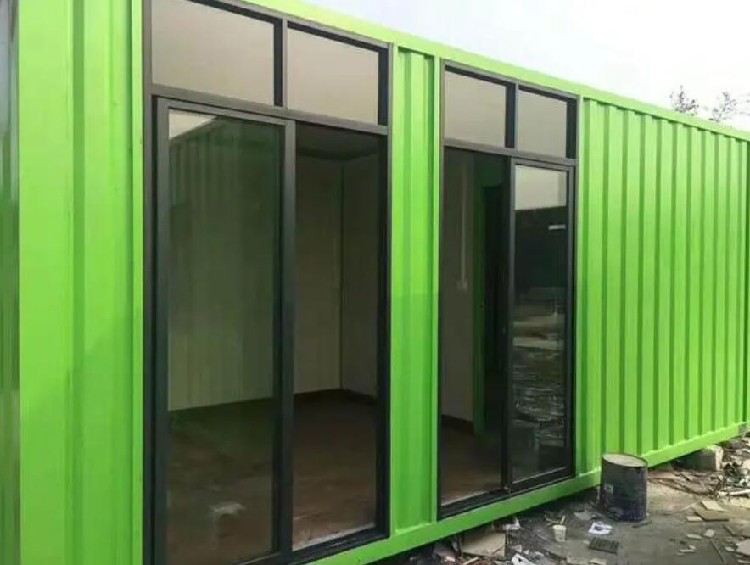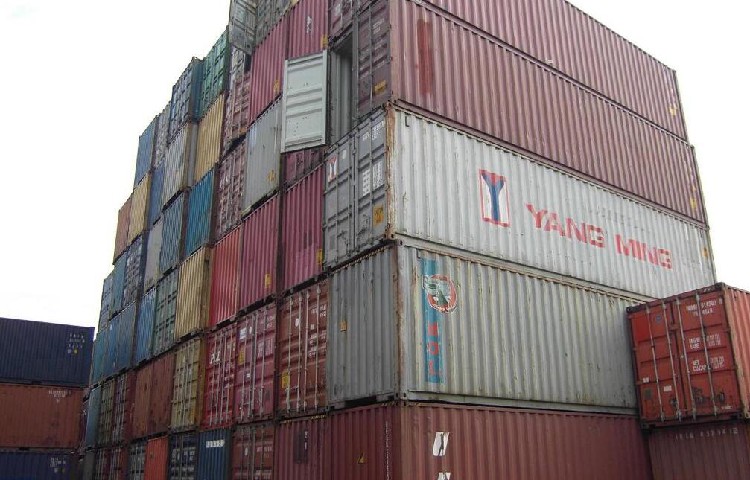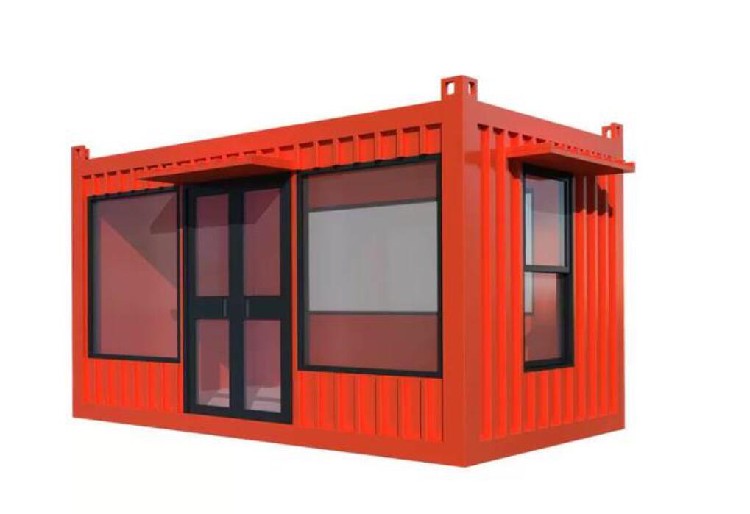Container rental
Product description
Introduction and advantages of container leasing companies
The company was established in 1988 with a registered capital of US$55 million. It is headquartered in Guangzhou, China and has a manufacturing base in Guangzhou, Guangdong, covering an area of about 180,000 square meters. It is a high-tech enterprise group integrating container research and development, design, manufacturing, container sales, and container group. It mainly sells containers, containers, refrigerated containers, container shops, dry cargo containers, container houses, container factories, steel structure containers and other products. The company currently has a professional R&D team led by doctors, master professors, and senior engineers with rich experience and innovative spirit. The company also cooperates with many universities and research institutes at home and abroad to reach international advanced and domestic leading levels.
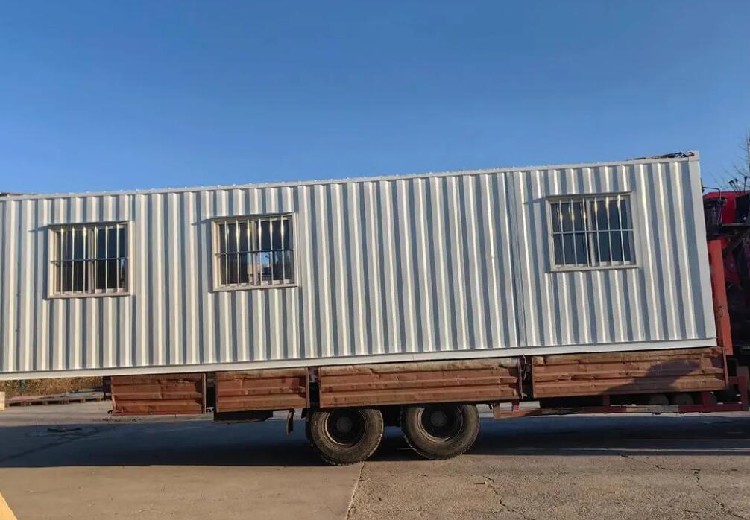
Introduction to Containers
A container is a steel box that is standardized according to specifications. The characteristics of containers are that they are uniform in format and can be stacked layer by layer, so they can be placed in large quantities on specially designed ocean-going ships, providing manufacturers around the world with large-scale transportation services that are cheaper than air transportation.
The sources of containers for international container shipping companies are mainly self-owned and leased. Mainland China is currently the world's largest container production base, producing more than 96% of the world's dry cargo containers and 100% of refrigerated containers.
Container types are classified according to the cargo they carry:
Ordinary containers (dry containers), commonly known as "dry containers", are mainly used to transport groceries, accounting for 70%-80% of the total number of containers.
Refrigerated containers (reefer containers), commonly known as "frozen containers", can carry fresh fruits and food and other items.
Open top containers (open top containers), which are covered with waterproof cloth on the top during shipment and are used to carry objects with a volume of up to 100 meters.
Flat rack containers (flat rack containers), which can load and unload cargo from the side.
Platform containers (platform containers), which are used to load extra-long cargo.
Ventilated containers (ventilated containers), which have vents on the wall.
Dress hanger containers (dress hanger containers), which are suitable for shipping clothing products.
Tank containers (tank containers), which are liquid tanks fixed in metal frames, are used to transport liquid cargo.
| Container Specifications |
|---|
| 20 ft | 40 ft | 40 ft High Cube | 45 ft High Cube | 48 ft | 53 ft | ||
|---|---|---|---|---|---|---|---|
| External Dimensions | Length | 19 ft 10.5 in (6.058 m) | 40 ft 0 in (12.192 m) | 40 ft 0 in (12.192 m) | 45 ft 0 in (13.716 m) | 48 ft 0 in (14.630 m) | 53 ft 0 in (16.154 m) |
| Width | 8 ft 0 in (2.438 m) | 8 ft 0 in (2.438 m) | 8 ft 0 in (2.438 m) | 8 ft 0 in (2.438 m) | 8 ft 6 in (2.591 m) | 8 ft 6 in (2.591 m) | |
| Height | 8 ft 6 in (2.591 m) | 8 ft 6 in (2.591 m) | 9 ft 6 in (2.896 m) | 9 ft 6 in (2.896 m) | 9 ft 6 in (2.896 m) | 9 ft 6 in (2.896 m) | |
| Interior Dimensions | Length | 19 ft 3 in (5.867 m) | 39 ft 545⁄64 in (12.032 m) | 39 ft 4 in (11.989 m) | 44 ft 4 in (13.513 m) | 47 ft 6 in (14.478 m) | 52 ft 6 in (16.002 m) |
| Width | 7 ft 819⁄32 in (2.352 m) | 7 ft 819⁄32 in (2.352 m) | 7 ft 7 in (2.311 m) | 7 ft 819⁄32 in (2.352 m) | 8 ft 2 in (2.489 m) | 8 ft 2 in (2.489 m) | |
| Height | 7 ft 957⁄64 in (2.385 m) | 7 ft 957⁄64 in (2.385 m) | 8 ft 9 in (2.667 m) | 8 ft 915⁄16 in (2.691 m) | 8 ft 11 in (2.718 m) | 8 ft 11 in (2.718 m) | |
| Door opening Size | Width | 7 ft 81⁄8 in (2.340 m) | 7 ft 81⁄8 in (2.340 m) | 7 ft 6 in (2.286 m) | 7 ft 81⁄8 in (2.340 m) | 8 ft 2 in (2.489 m) | 8 ft 2 in (2.489 m) |
| Height | 7 ft 53⁄4 in (2.280 m) | 7 ft 53⁄4 in (2.280 m) | 8 ft 5 in (2.565 m) | 8 ft 549⁄64 in (2.585 m) | 8 ft 10 in (2.692 m) | 8 ft 10 in (2.692 m) | |
| Interior Volume | 1,169 cu ft (33.1 m3) | 2,385 cu ft (67.5 m3) | 2,660 cu ft (75.3 m3) | 3,040 cu ft (86.1 m3) | 3,454 cu ft (97.8 m3) | 3,830 cu ft (108.5 m3) | |
| Maximum Gross Weight | 66,139 lbs (30,000 kg) | 66,139 lbs (30,000 kg) | 68,008 lbs (30,848 kg) | 66,139 lbs (30,000 kg) | 67,200 lbs (30,500 kg) | 67,200 lbs (30,500 kg) | |
| Unladen weight | 4,850 lbs (2,200 kg) | 8,380 lbs (3,800 kg) | 8,598 lbs (3,900 kg) | 10,580 lbs (4,800 kg) | 10,850 lbs (4,920 kg) | 11,110 lbs (5,040 kg) | |
| Payload | 61,289 lbs (27,800 kg) | 57,759 lbs (26,199 kg) | 58,598 lbs (26,580 kg) | 55,559 lbs (25,201 kg) | 56,350 lbs (25,560 kg) | 56,090 lbs (25,440 kg) |
Container size comparison table
| Box type | Corresponding type | 95 yards | |
|---|---|---|---|
| Dry cargo box | GP | 22G1 | |
| 20 feet | Dry cargo high box | GH(HC,HQ) | 25G1 |
| Hanging clothes box | HT | 22V1 | |
| Open top box | OT | 22U1 | |
| Refrigerated box | RF | 22R1 | |
| Refrigerated high box | RH | 25R1 | |
| Oil tank box | TK | 22T1 | |
| Frame box | FR | 22P1 | |
| 40 feet | Dry cargo box | GP | 42G1 |
| Dry cargo high box | GH(HC,HQ) | 45G1 | |
| Hanging clothes box | HT | 42V1 | |
| Open top box | OT | 42U1 | |
| Refrigerated box | RF | 42R1 | |
| Refrigerated high box | RH | 45R1 | |
| Oil tank box | TK | 42T | |
| Frame box | FR | 42P1 | |
| 45 feet | Dry cargo box | GP | L2G |
| Dry cargo high box | GH(HC,HQ) | L5G1 | |
| Hanging clothes box | HT | L2V1 | |
| Open top box | OT | L2U1 | |
| Refrigerated box | RF | L2R1 | |
| Refrigerated high box | RH | L5R1 | |
| Oil tank box | TK | L2T1 | |
| Frame box | FR | L2P1 |
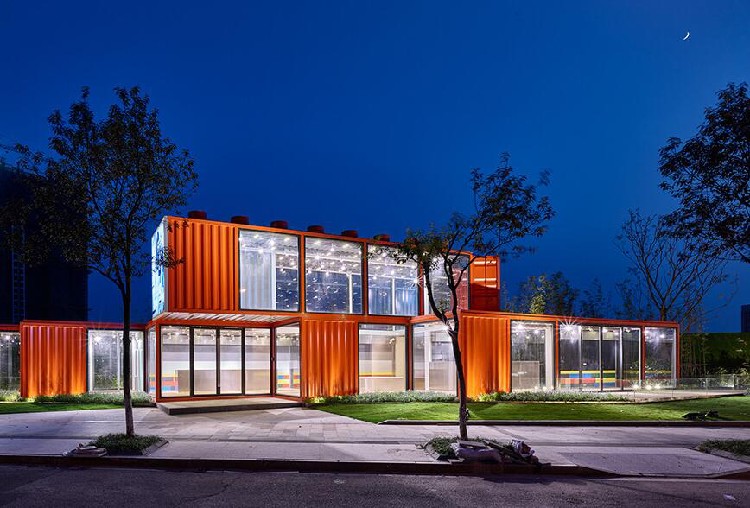
Container Uses
1、Transshipment of goods
Containers are tools used to transport goods, which can easily transport goods from one place to another, reducing transportation time and costs.
2、Transporting groceries
Containers are mainly used to transport groceries, including stationery, daily necessities, medicines, textiles, handicrafts, chemical products, hardware and electrical equipment, electronic machinery, instruments and machine parts, etc.
3、Loading miscellaneous goods
Containers are ideal for loading miscellaneous goods because they can load multiple goods in one container, greatly improving loading efficiency. At the same time, the uniformity of container specifications also ensures that the loaded goods can be accurately loaded to the designated location to avoid confusion and loss. Therefore, loading miscellaneous goods is one of the main uses of container transportation.
4、Saving packaging materials
Containers can be used multiple times, and can reduce the cost of packing and unpacking, reduce freight costs, and benefit customers.
5、Emergency housing
Containers are the best choice for emergency housing, which can be quickly transported and constructed in emergencies, saving time. For example, mobile medical containers, mobile generator containers, mobile communication equipment boxes, etc.
6、Insulation
Containers are mainly used for insulation, which can prevent fresh goods such as fruits and vegetables from being heated and deteriorating under large temperature changes. At the same time, the heat-proof structure of the insulated container can also effectively insulate, keep the entire container at a low temperature, and ensure the preservation of the goods.
7、Hoist
Containers are a type of hoist, mainly used for stacking and transporting items such as metals or ores. Containers can effectively utilize space and play a role in saving space during transportation and storage. At the same time, the airtightness of the container also improves the freshness of the items and extends their service life. Therefore, containers have been widely used in the logistics industry.
8、Energy storage
Energy storage containers play the role of energy storage in containers. By utilizing the characteristics of high energy efficiency ratio, high sensible heat ratio, cooling and heating, they effectively reduce energy loss, achieve stable power supply, and improve overall operating efficiency.
9、Sorting machines
Containers are a common use of sorting machines, which facilitates logistics transportation and storage by sorting and arranging goods from different regions. This can improve the orderliness and utilization of goods, reduce the accumulation and occupation of space for goods, improve overall transportation efficiency and reduce logistics costs.
10、Storage of goods
Containers are mainly used to store goods and play an important role in import and export trade. Containers can carry the weight and size of goods, so that goods can be stably loaded and transported, ensuring that goods can be smoothly exported or imported to the destination. At the same time, the shape and structure of the container also provide certain convenience and safety, so that the goods can be properly protected and managed. Therefore, containers play an important role in the storage and transportation of goods.
11、Other related business work
Containers are commonly used means of transportation in international trade and logistics, mainly used for loading and unloading goods and stacking goods. In addition to loading and unloading goods, containers can also be used to transport goods, providing a more efficient and convenient mode of transportation. The establishment of container loading and unloading areas facilitates the flow of international trade and logistics and improves transportation efficiency.
12、Construction site space
Containers can be used for construction site space, especially the project manager's office and conference room. Construction workers can use containers in a comprehensive manner, but it should be noted that the construction site is limited by the site and can only be trailered with containers.
13、Living
Containers are mainly used for living, and are suitable for construction sites, offices, hotels and other places. The size of containers is generally 3*6, the price is cheap, the mobility is strong, and it can be used repeatedly. Under normal circumstances, the service life of a container is 10-15 years. If it is well maintained, it can be used for a longer time.
Loading packaged or unpackaged goods for transportation
Containers are mainly used for loading packaged or unpackaged goods for transportation, which is convenient for transportation and unloading.
Recommended products

